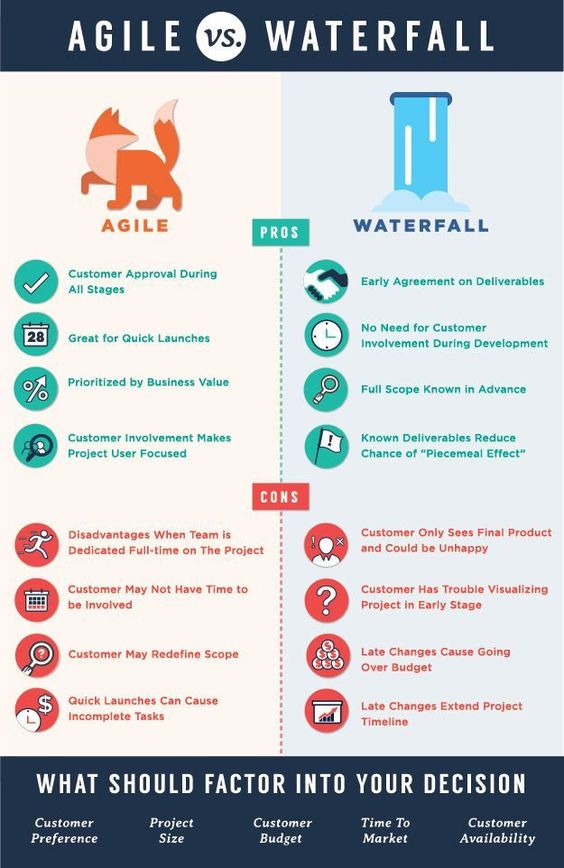Waterfall project management is a structured approach to project management that follows a linear sequence of steps. It is one of the most commonly used project management methodologies, as it allows for a clear understanding of the project’s progress, and is relatively easy to use.
What is the Waterfall Process?
The waterfall process consists of a series of steps that are followed in order. The steps are usually divided into the following stages: planning, design, development, testing, and deployment. At each stage, the project team will assess the results and make any necessary adjustments before moving on to the next stage.
Advantages of Waterfall Project Management
One of the main advantages of using the waterfall process is that it is relatively straightforward and easy to understand. This makes it ideal for projects that require a high level of accuracy and precision. Additionally, it provides a clear timeline for each stage of the project, which makes it easier to track progress and ensure that deadlines are met.
Disadvantages of Waterfall Project Management
The main disadvantage of using the waterfall process is that it is not well-suited for projects that require rapid changes or iterations. Once the project has moved on to the next stage, it can be difficult to go back and make changes. Additionally, the linear nature of the process means that any changes made at the beginning of the project can have a significant impact on the later stages.
When to Use Waterfall Project Management
Waterfall project management is best suited for projects that require a high level of accuracy and precision. It is also ideal for projects that have a clear set of requirements and a well-defined timeline. Additionally, it can be useful for projects that require a high degree of collaboration between team members.
How to Implement Waterfall Project Management
The first step in implementing the waterfall process is to create a project plan. This should include a timeline and a list of tasks that need to be completed in order to reach the project’s goals. Additionally, it is important to assign roles and responsibilities to each team member.
Tools for Waterfall Project Management
There are a variety of tools available to help manage the waterfall process. These include project management software, such as Microsoft Project, and task management tools, such as Trello. Additionally, there are a number of online project management platforms, such as Basecamp, that can be used to track progress and manage tasks.
You might find these FREE courses useful
- Create a Project Management Dashboard
- Top Project Management: The Basics For Success
- Top Project Management: Life Cycle And Project
- Top Project Management Certification Google Courses
- Top Project Management Courses – Learn Project
- Top Project Management Principles And Practices
Best Practices for Waterfall Project Management
To ensure the success of a waterfall project, it is important to follow a few best practices. These include setting realistic goals and timelines, clearly defining roles and responsibilities, and regularly communicating with team members. Additionally, it is important to track progress and make adjustments as needed.
